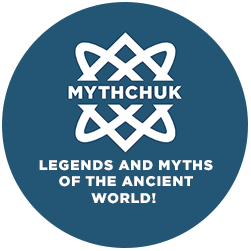Isis — Egyptian Goddess of Magic, Motherhood and Royal Power
- Main
- >
- Egyptian Mythology
- >
- Egyptian Pantheon of the Gods
- >
- Isis
They worshipped her by pharaohs, sorcerers revered her, and common folk begged for her protection. At the end—one fact may surprise even Egyptology experts…
Isis is the ancient Egyptian goddess of magic, motherhood, and royal power. Daughter of Geb (god of the earth) and Nut (goddess of the sky), sister and wife of Osiris. Her name means “Throne”—and it’s no accident: she stands at the very center of divine authority.
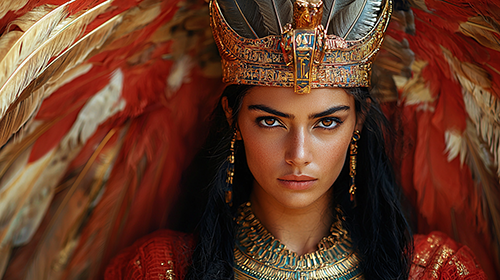 Isis — Egyptian Goddess
Isis — Egyptian GoddessA Birth Among Gods, an Appearance to Humanity
Isis was born one of five children outside the regular calendar days—alongside Osiris, Seth, Nephthys, and Horus the Elder. These were the children of Geb and Nut, born during days added beyond the normal year at Ra’s command. Thoth had won extra light from the Moon in a dice game, creating those days so Nut could give birth.
From the start, Isis embodied the connection between sky and earth, order and care. Though she had no distinct cult in the Old Kingdom, her name gradually appeared in the Pyramid Texts—as royal protector and guide of the deceased to the Duat.
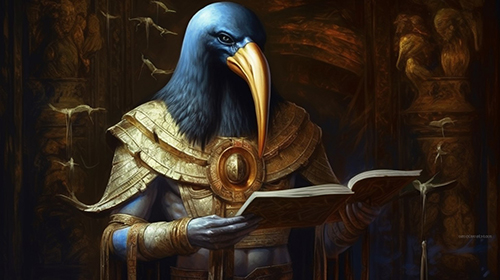 A Birth Among Gods
A Birth Among GodsMarriage to Osiris—and His Murder
Isis became the wife of her brother Osiris, god of fertility and the afterlife. Their union marked cosmic harmony—him the ruler, her the guardian of his power. Together they ruled Egypt, teaching agriculture, law, and sacred rites. But this harmony provoked Seth’s jealousy.
Seth lured Osiris into a coffin at a banquet, sealed and threw it into the Nile, then dismembered his body into fourteen parts, scattering them across Egypt. Refusing defeat, Isis journeyed far to recover the body of her beloved.
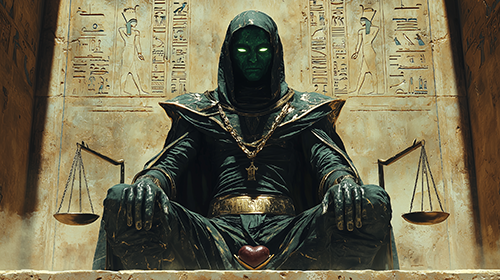 Marriage to Osiris—and His Murder
Marriage to Osiris—and His MurderJourney, Magic, Resurrection
The myth of Isis’s quest is among the most poignant in Egyptian tradition. With help from Nephthys, she recovered all of Osiris’s body—except the phallus, which a fish ate.
She reconstructed it magically and, via the ritual described in Abydos temple texts, resurrected Osiris—briefly. In this mystical act she conceived Horus, the avenger and heir to the throne.
Osiris did not return to mortality—he remained ruler of the Duat. Isis, meanwhile, took up the mantle of protector and nurturer for Horus against Seth’s threat.
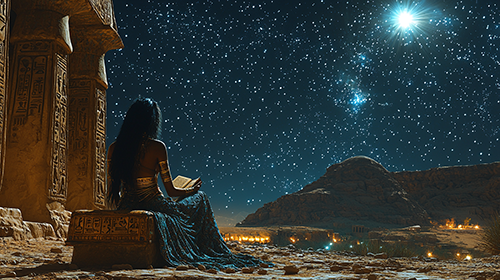 Journey, Magic, Resurrection
Journey, Magic, ResurrectionHidden Motherhood: A Mother’s Battle
Isis hid in the marshes of the Nile Delta, where she birthed and nursed Horus. The Coffin Texts and Book of the Dead often speak of her invoking the gods when her child faced poison, serpents, or evil spirits.
This is her most human portrayal—not just a deity, but a mother waging war to save her child. She created spells, cured poisons, and became the archetype of divine magic.
Her image as a nursing mother influenced early Christian depictions of the Madonna—but that’s another story.
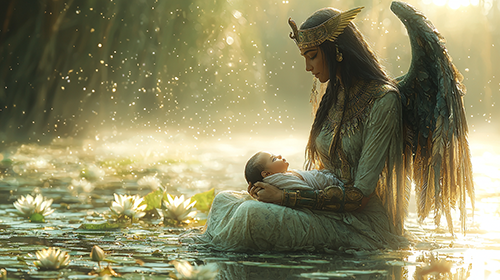 Hidden Motherhood: A Mother’s Battle
Hidden Motherhood: A Mother’s BattleThe Verdict Between Horus and Seth: Diplomat Among Deities
When Horus came of age, the contest for his father’s throne began. Isis was far from passive. In the Chester Beatty Papyrus, she appears as a key figure in a divine court that lasted years. She used tears, wisdom, transformation, and cunning.
In one tale she becomes an old crone, deceiving Seth into admitting Horus’s legitimacy. In anger, Horus beheads her—but Thoth heals her, fashioning a new cow-headed visage. That’s why Isis is often depicted with horns and the solar disk—symbols of her power.
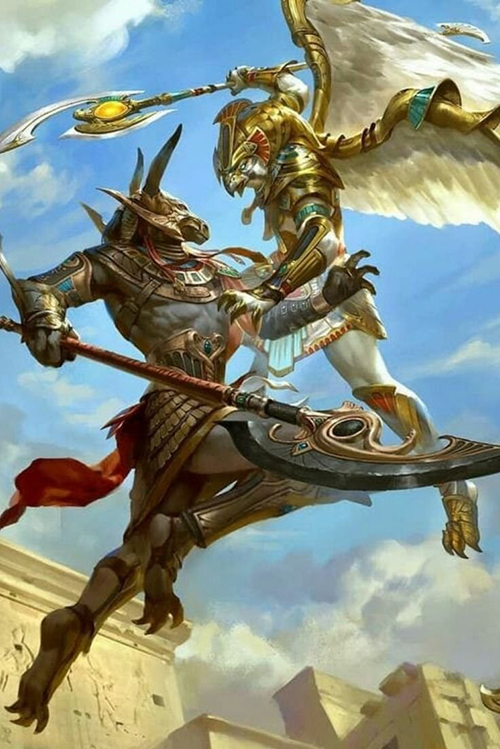 Horus and Seth
Horus and SethFinal Mentions: Immortality Through Veneration
Though myths do not record Isis’s death, she transitions into eternity as an immortal mother, magic’s guardian, wife, and protector. In the Late Kingdom, her cult spread well beyond Egypt.
In temples at Philae, Dendera, and elsewhere, she is called “Mistress of All Lands,” equated with other major goddesses. Her cult even reached the Roman Empire—her temple stood in Pompeii, and she is named in Apuleius's Golden Ass.
Thus, Isis’s image remains one of the most enduring in human history. Today, she’s recognized as a symbol of feminine strength, motherhood, and esoteric wisdom.
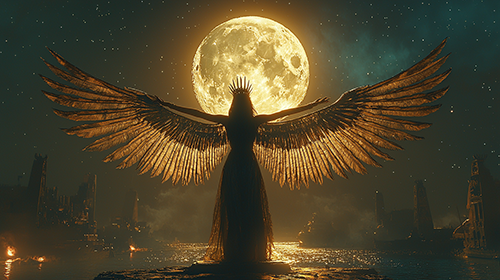 Final Mentions
Final MentionsSymbols of Isis
Isis is not just a myth—she embodies female power, divine motherhood, and protective magic. Her symbols include the throne upon her head, the knot of Isis (tyet), and wings she spreads to envelop and guard the deceased soul.
In myth, she is no passive shadow to Osiris, but the center of action: seeker, healer, life‑giver. Her stories speak not only of magic, but of sacrifice and devotion.
Today her name echoes through art, cinema, and symbolism—but remember: her true power lay not in magic, but in an unshakeable strength in the face of tragedy.
